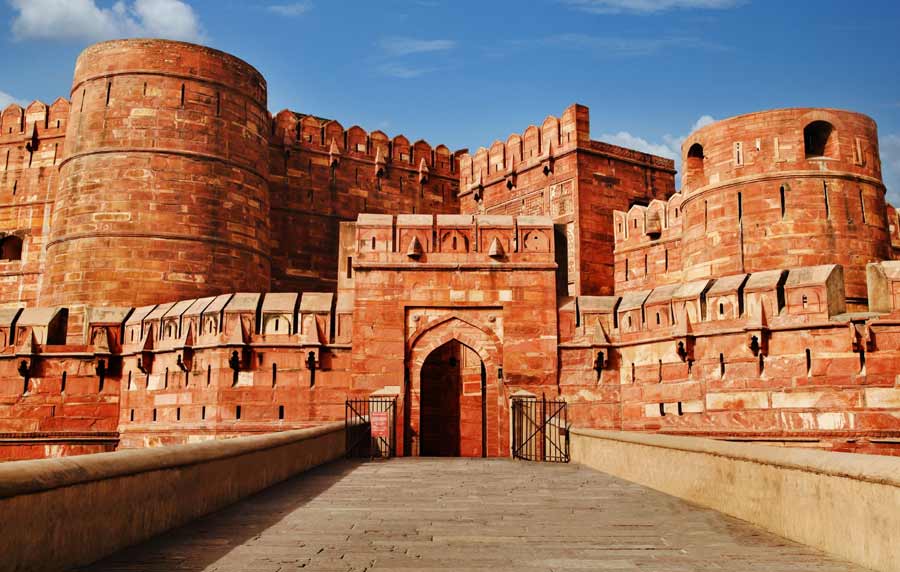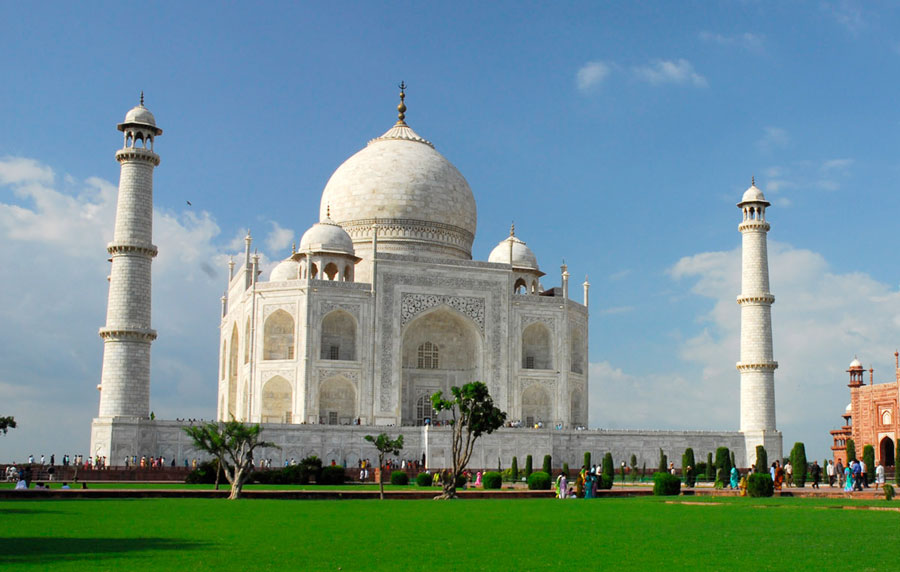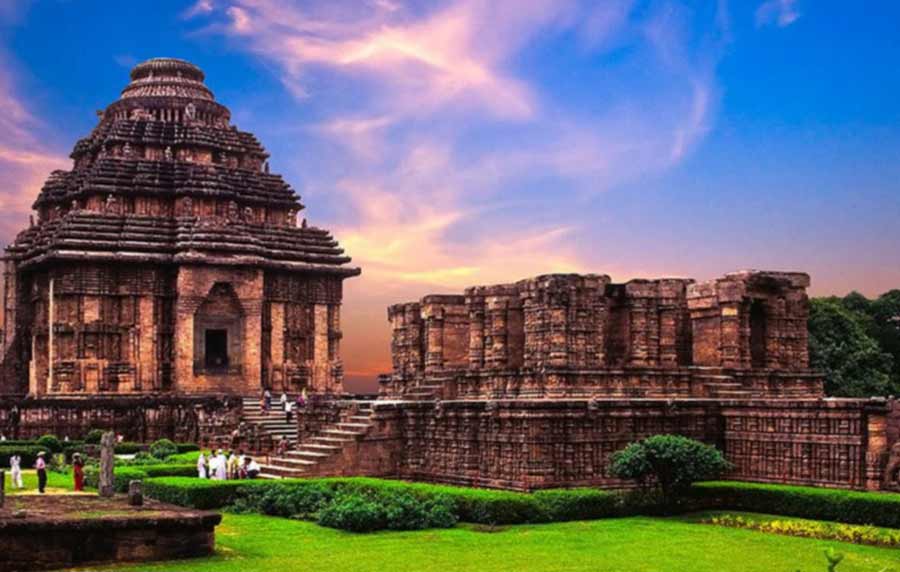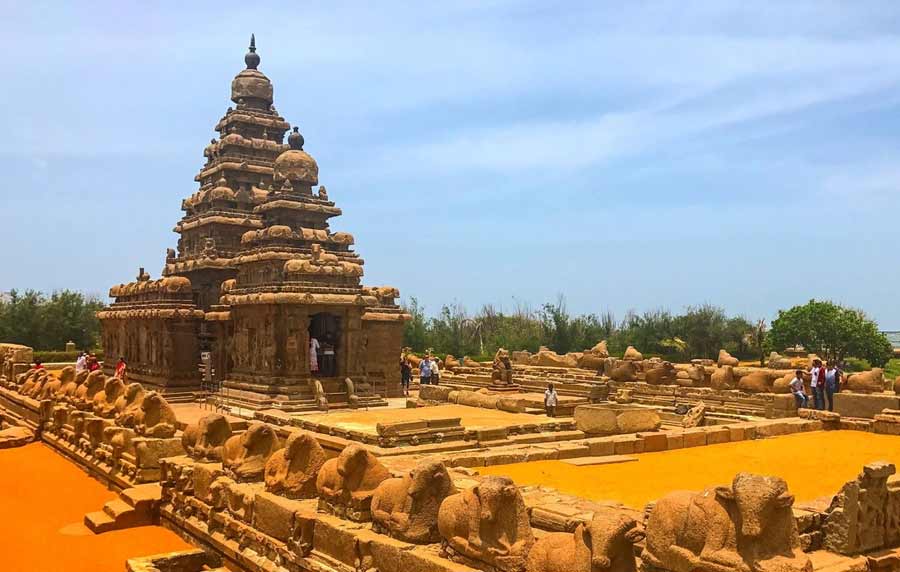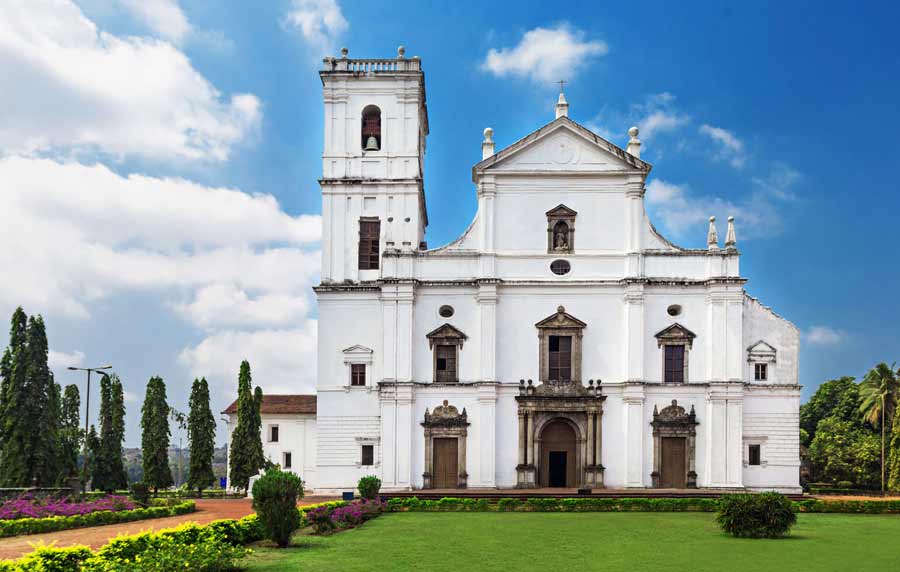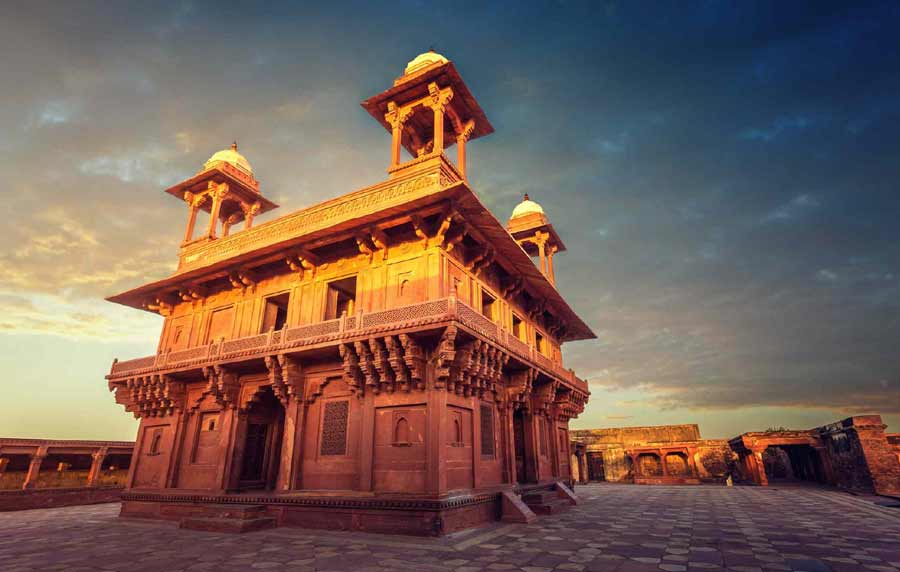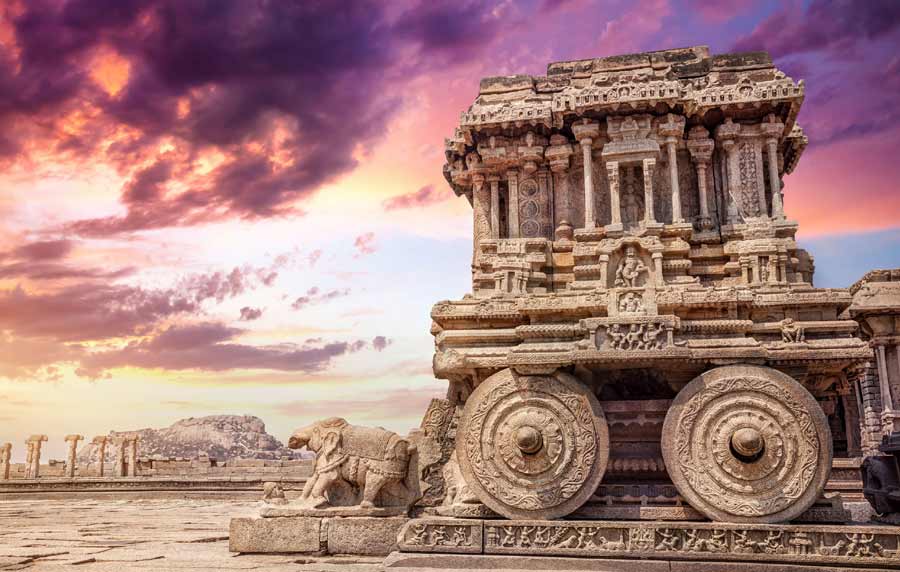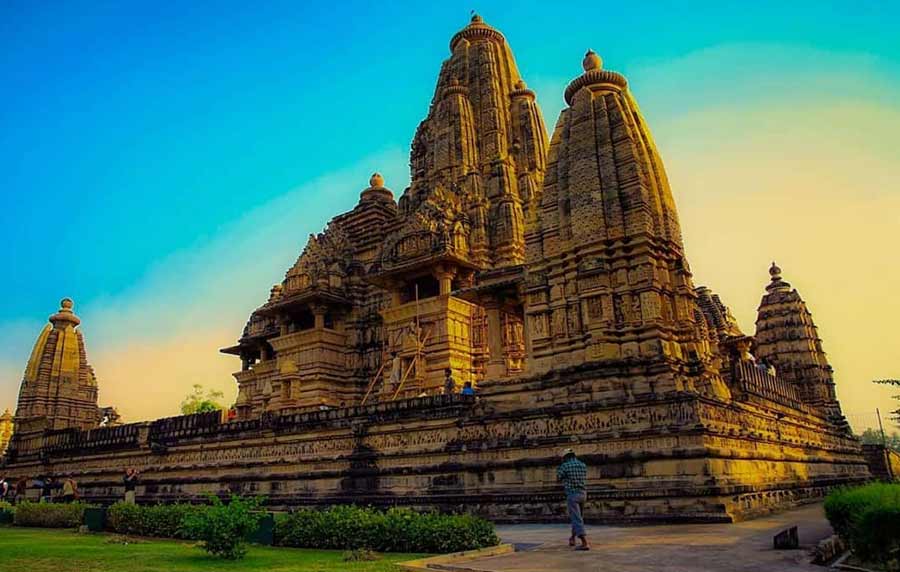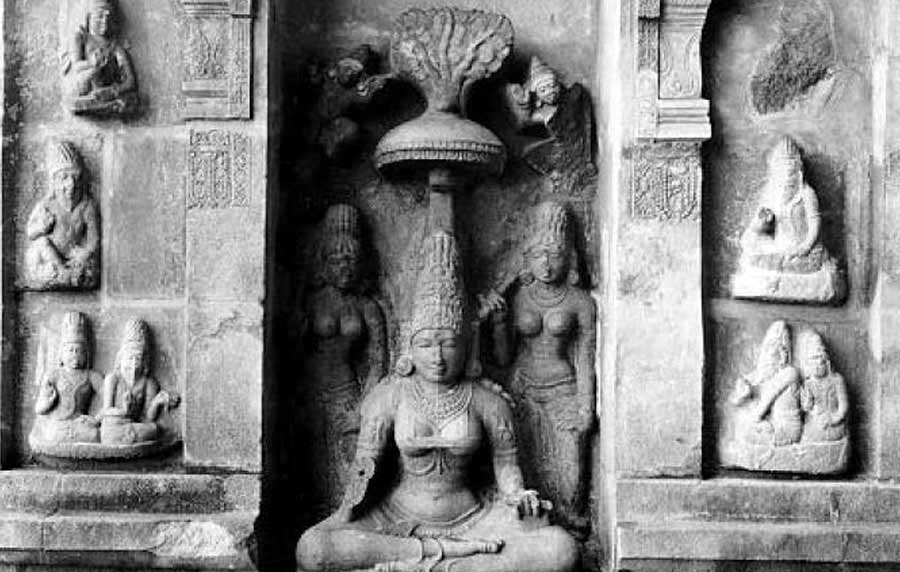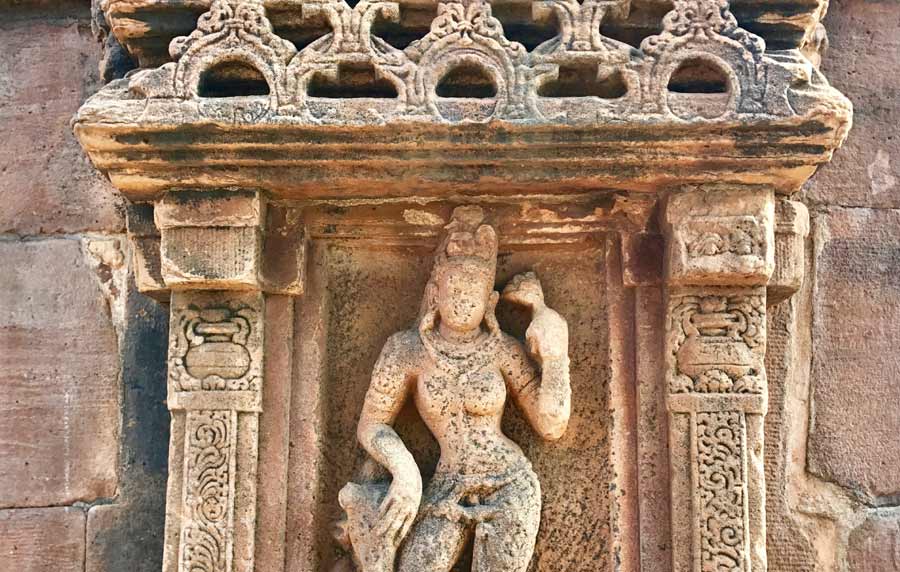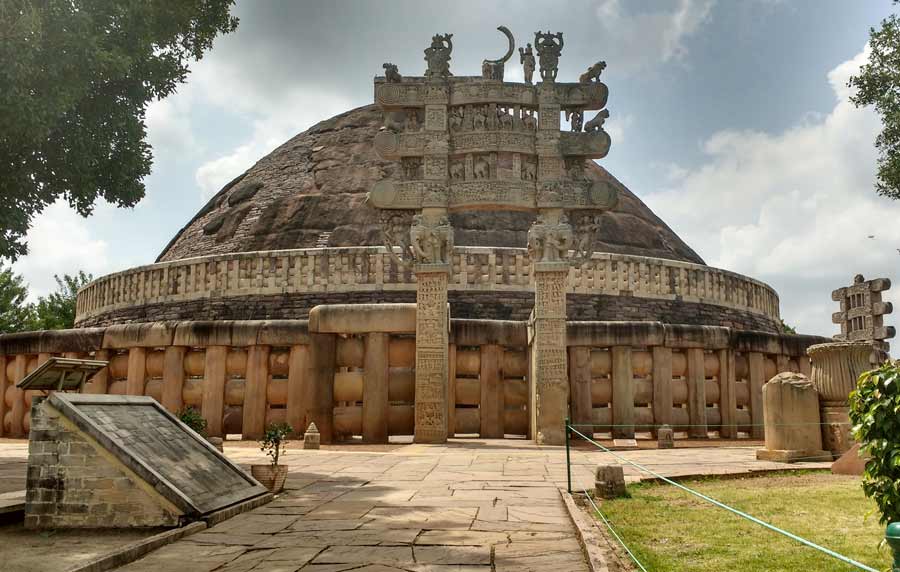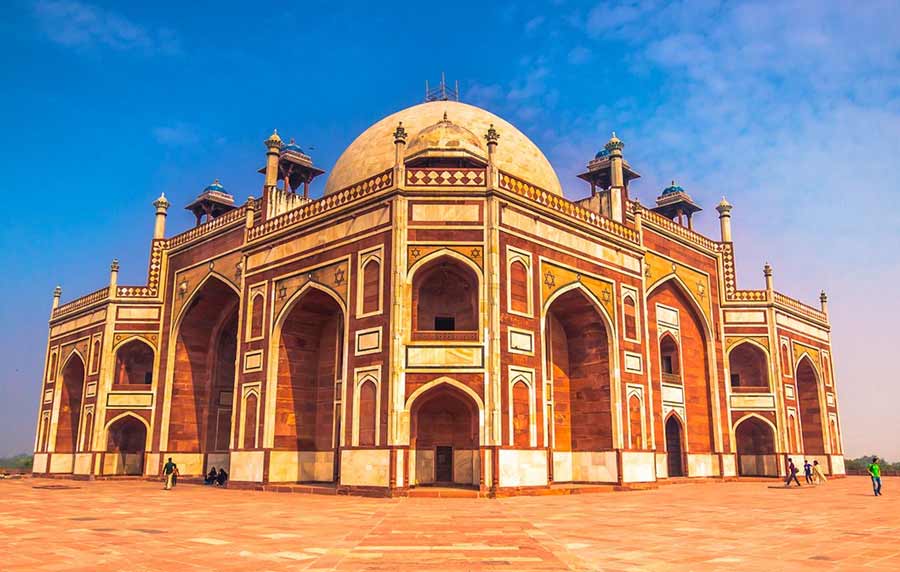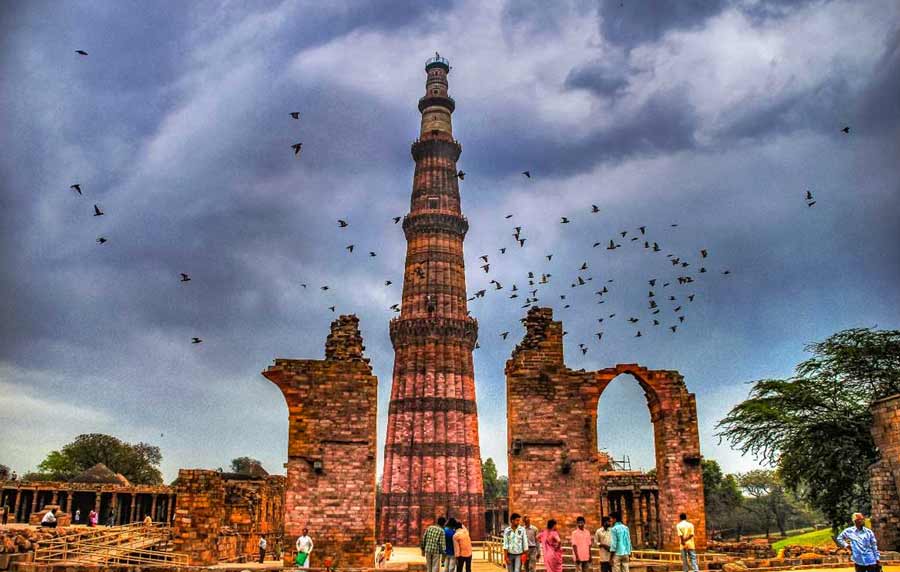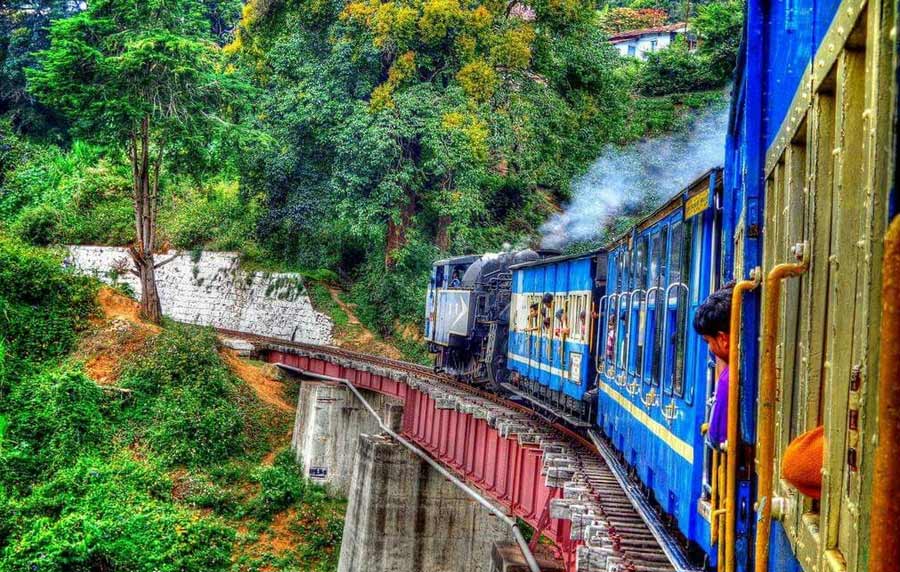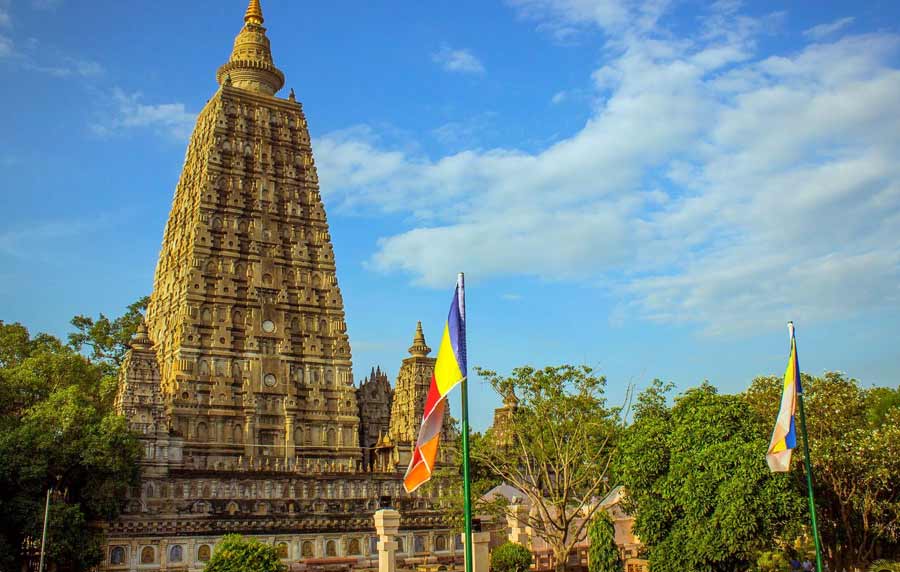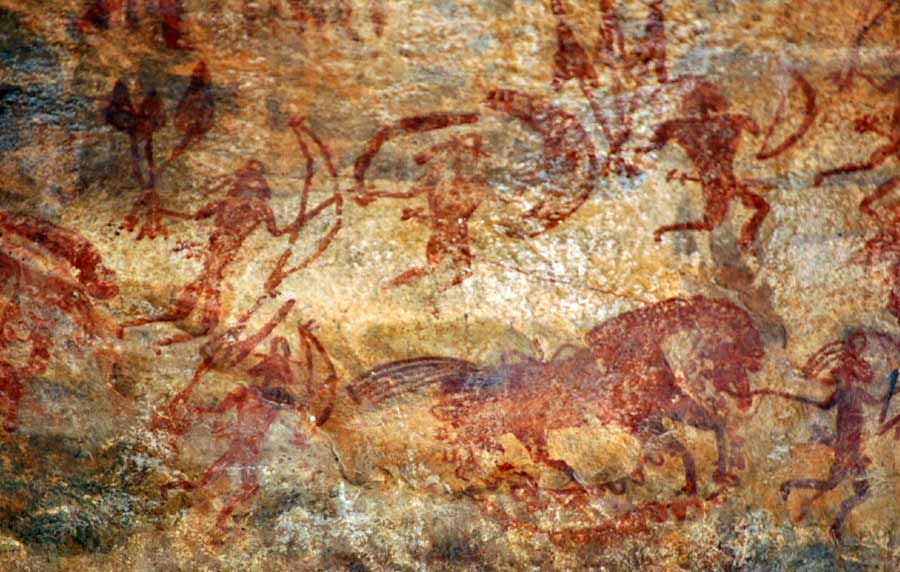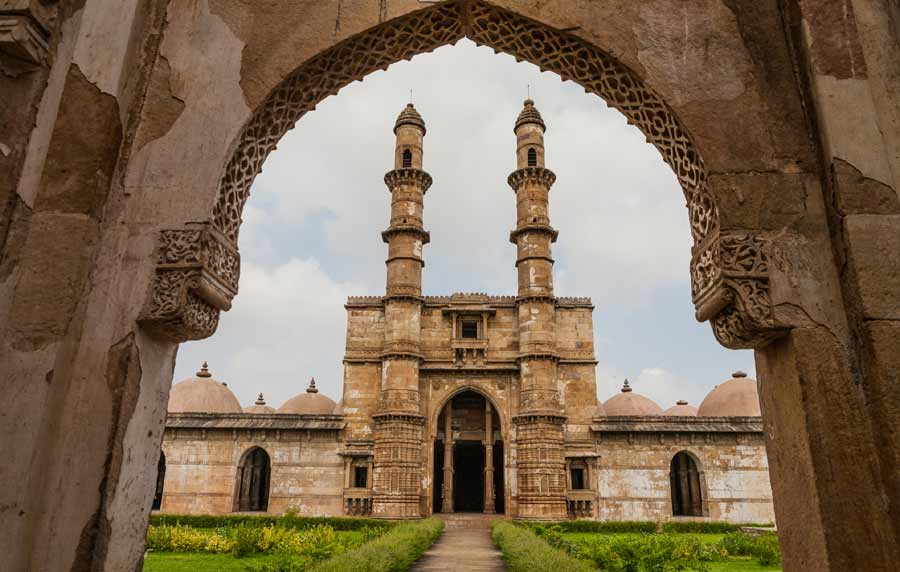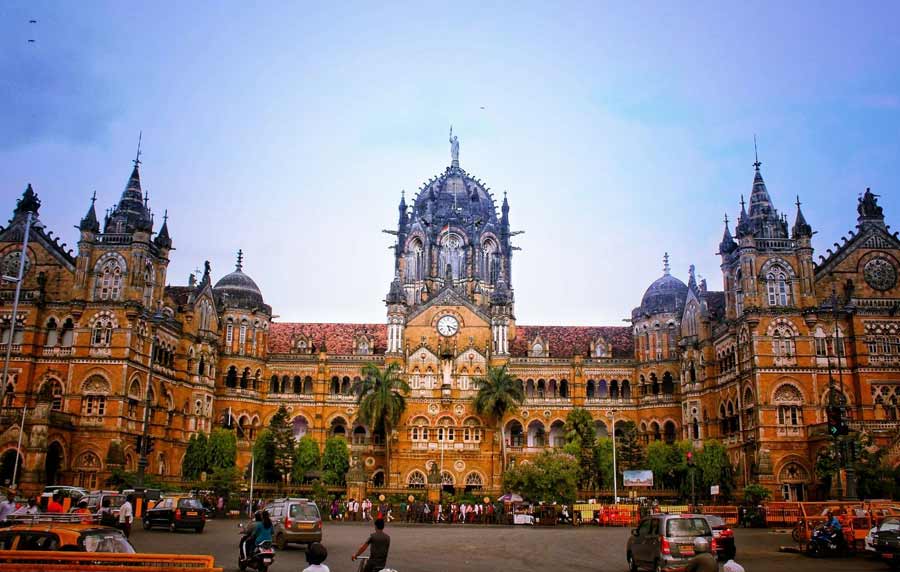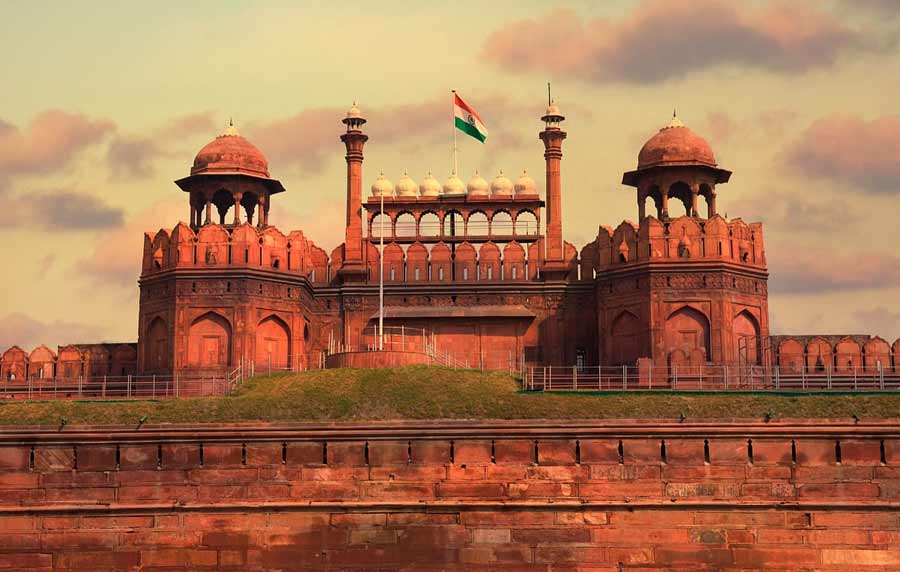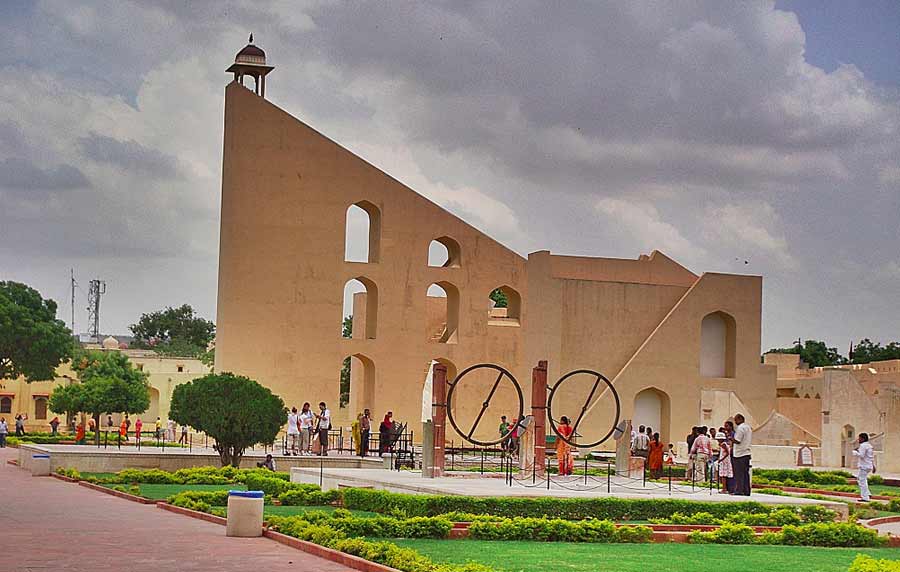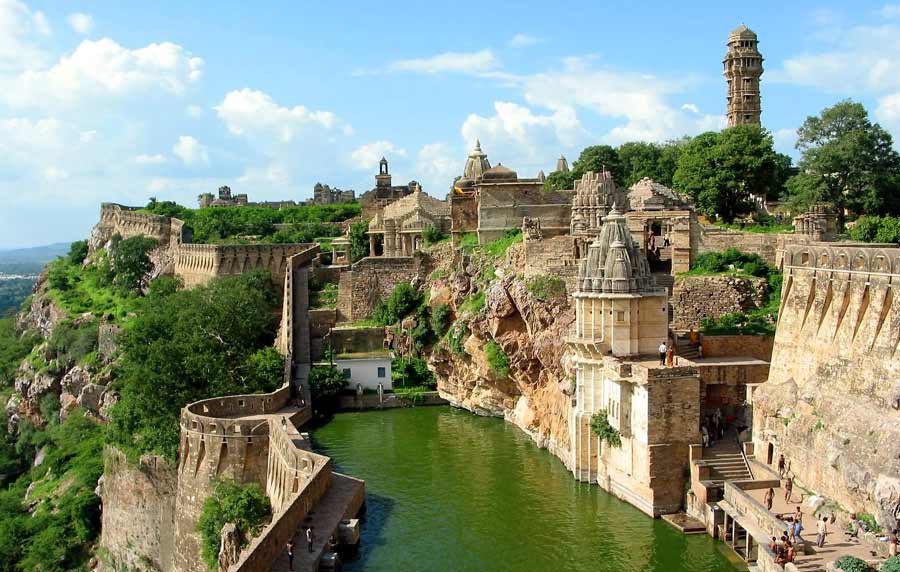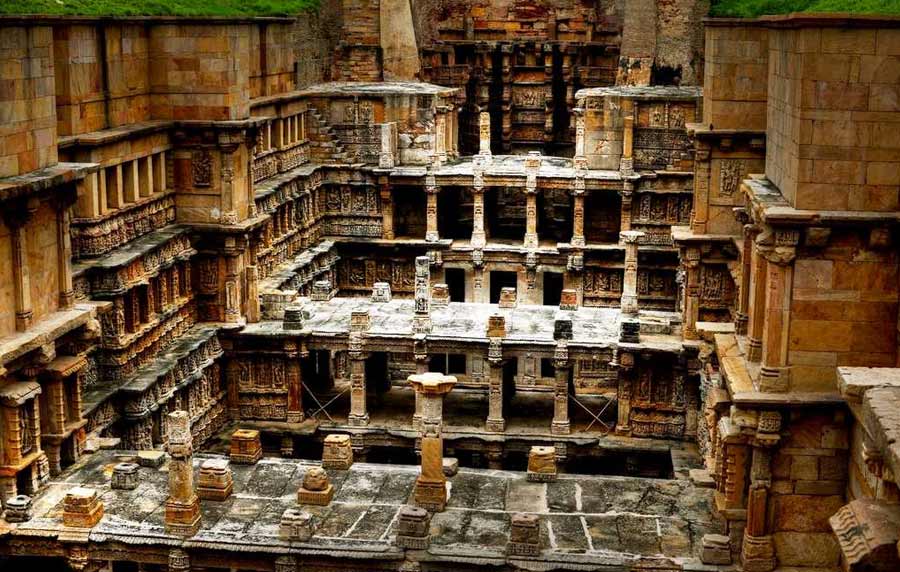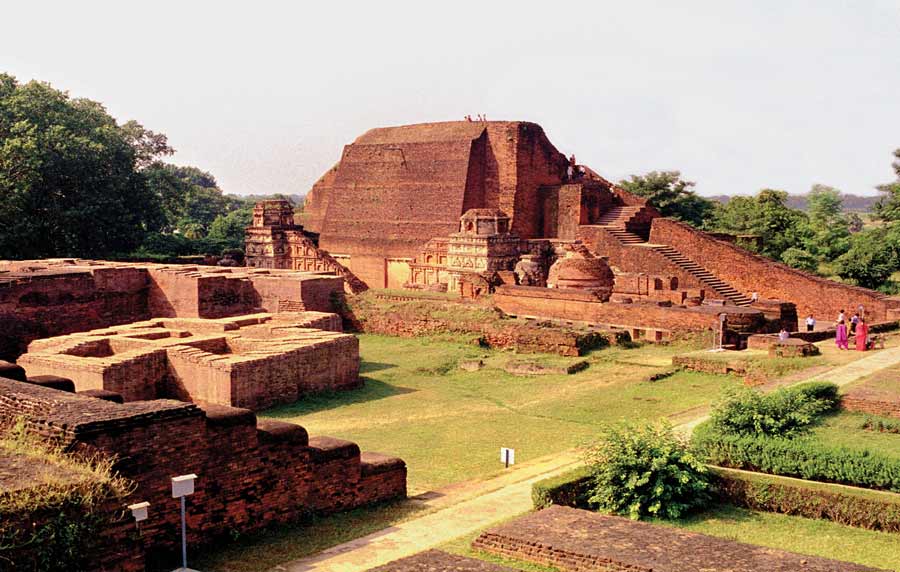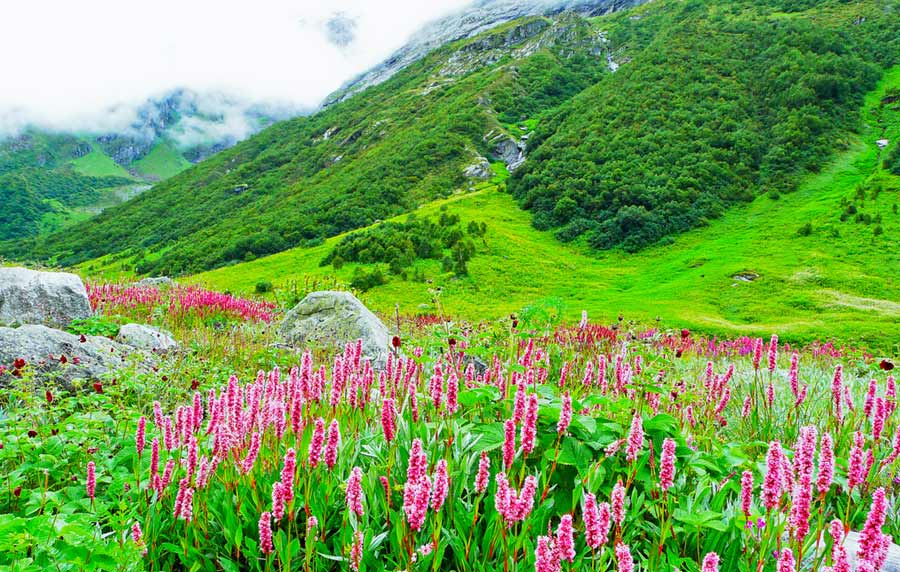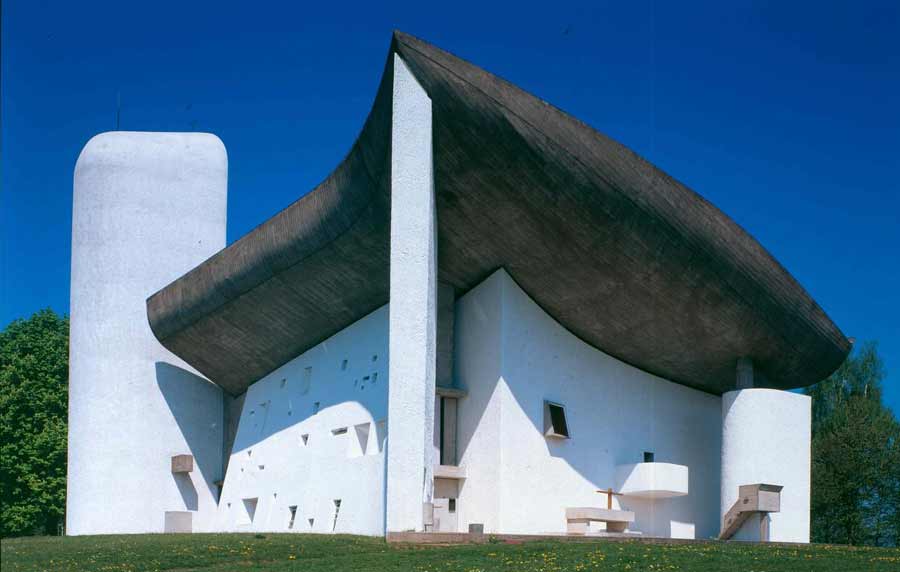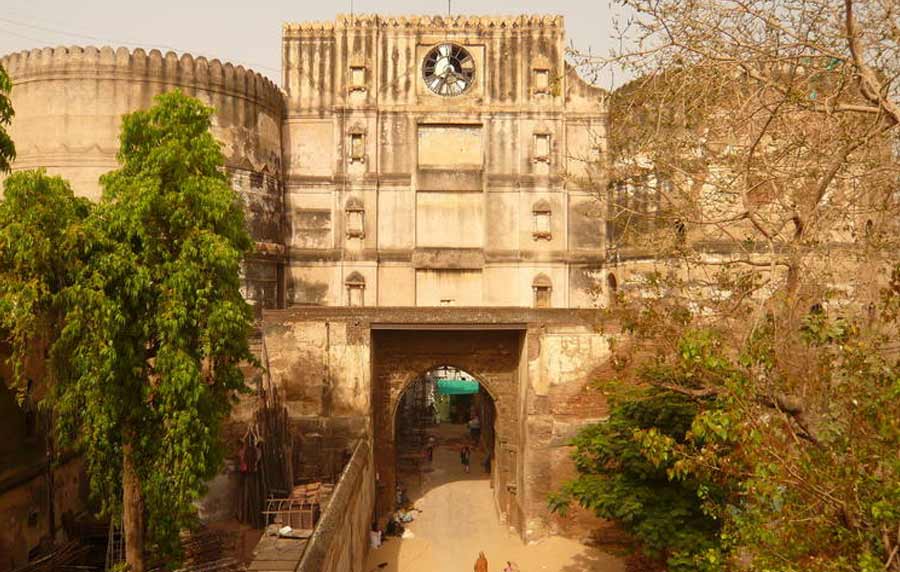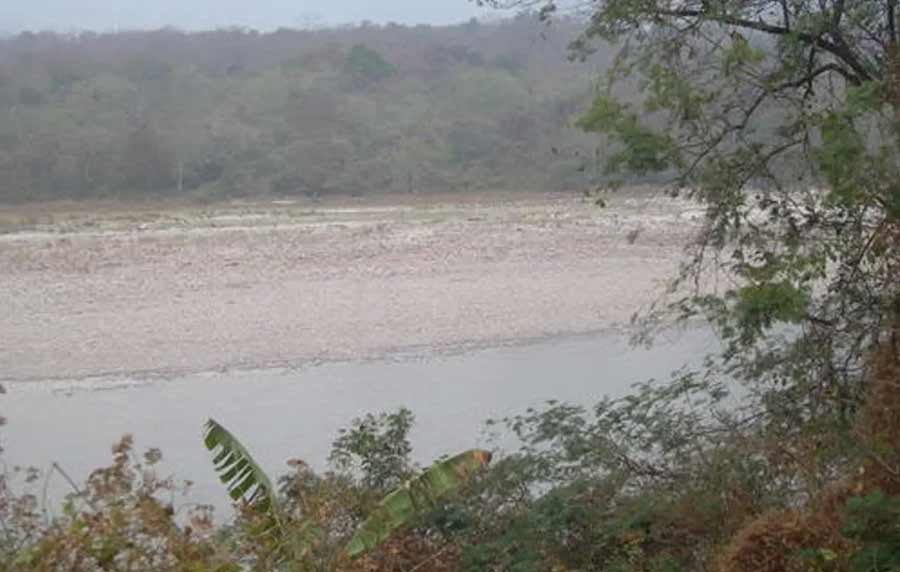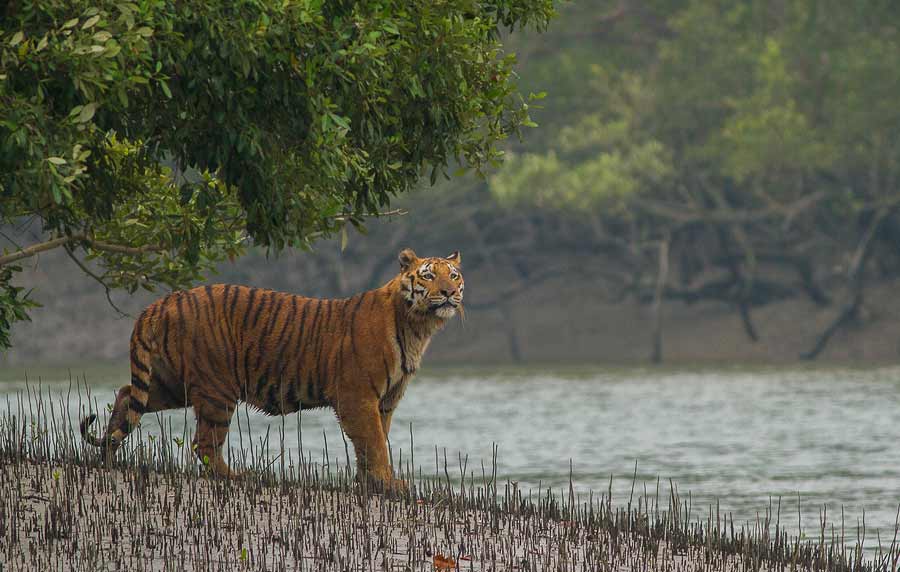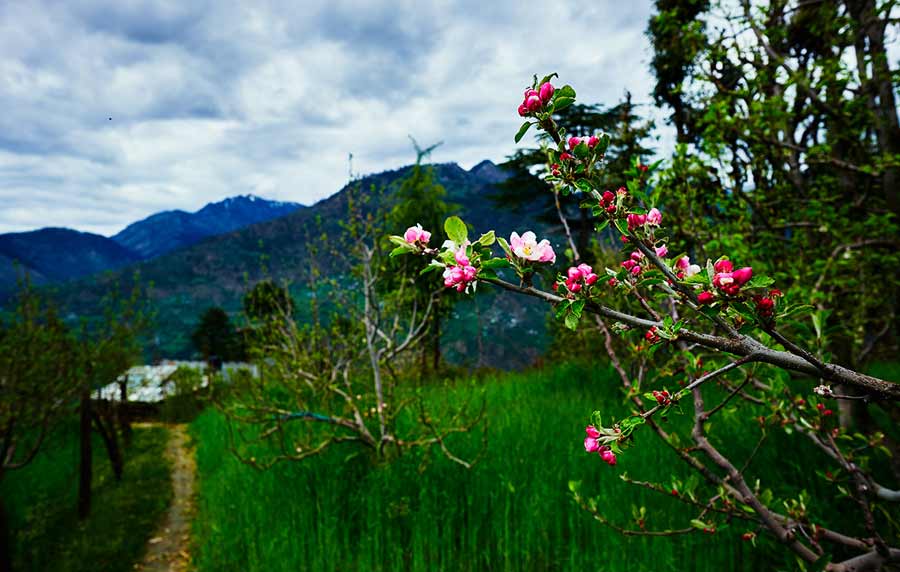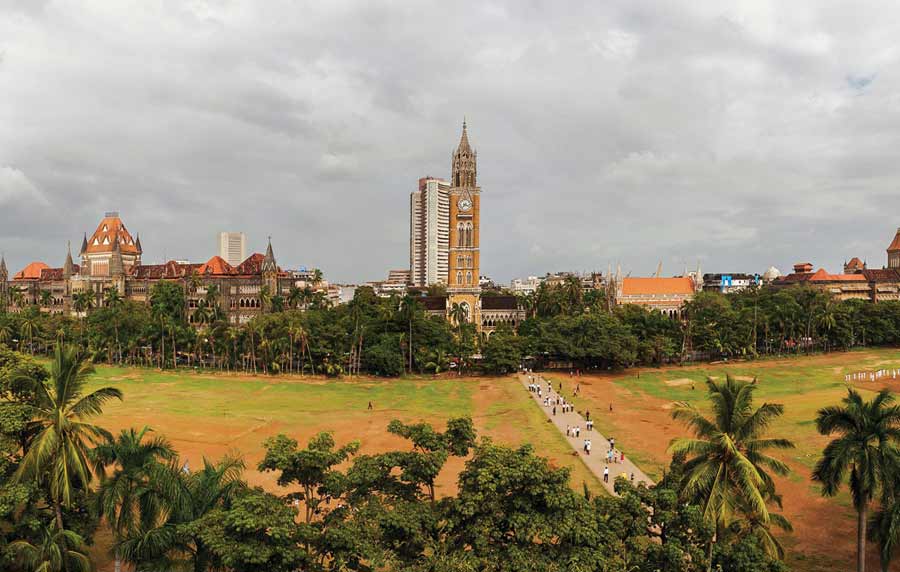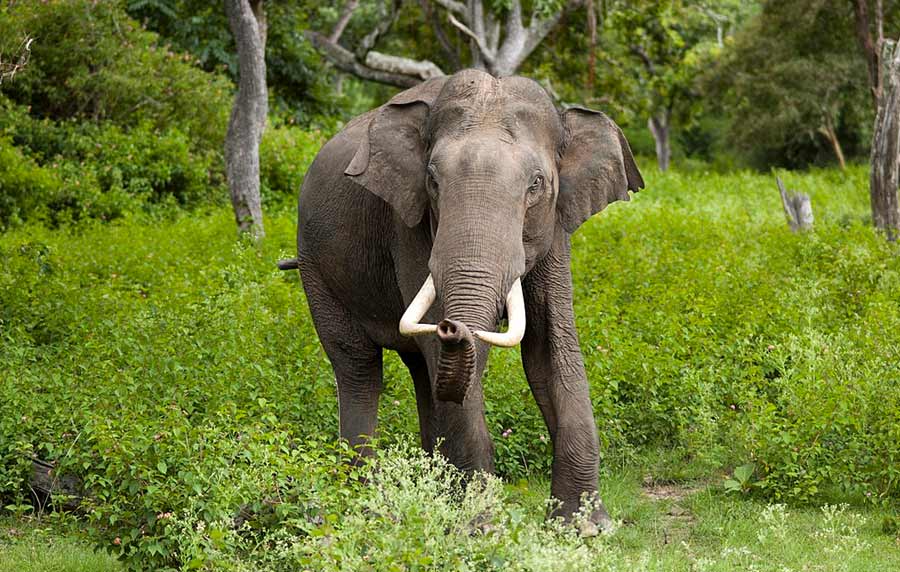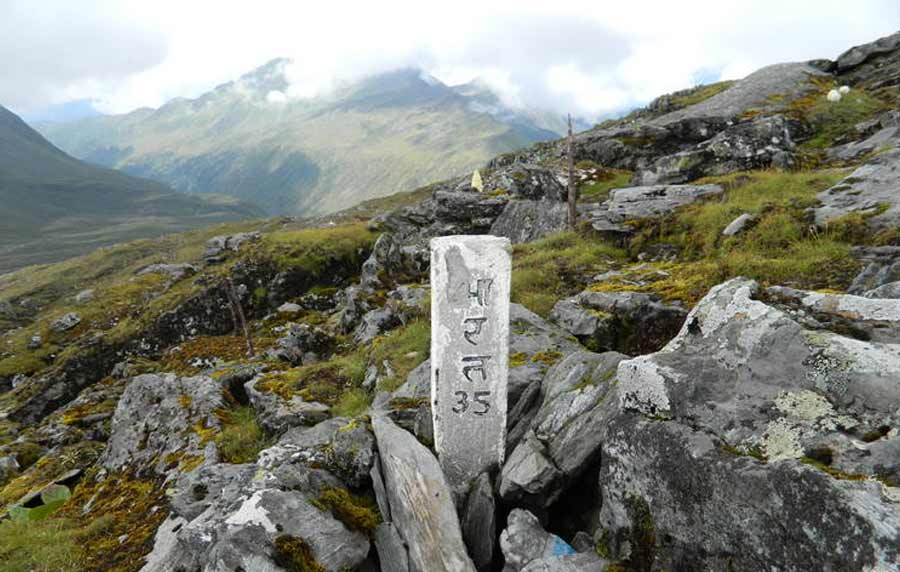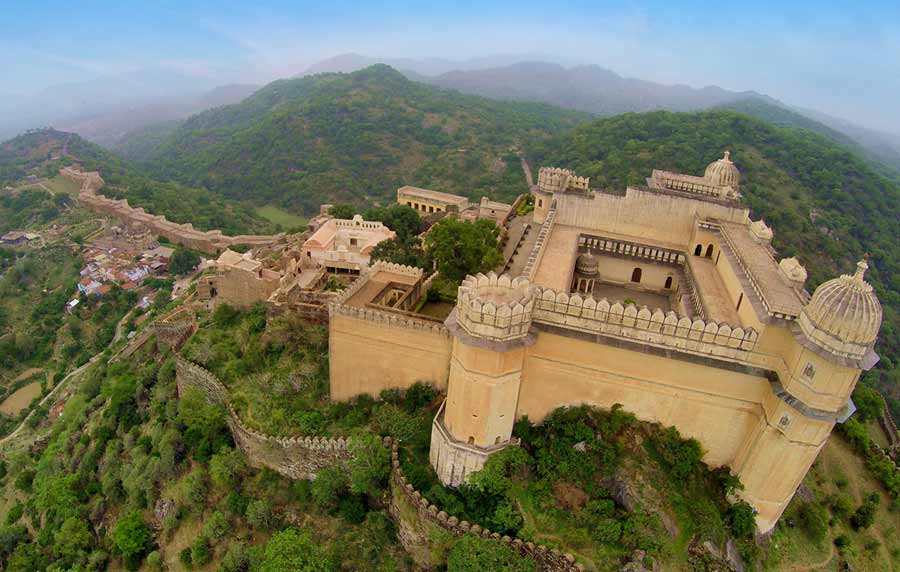Elephanta Caves
A UNESCO World Heritage Site, the Elephanta Caves are situated on Elephanta Island off the southeast coast of Mumbai. The island comprises two sets of Hindu and Buddhist caves. The set of caves depicting Hindu Traditions and Lord Shiva are the more popular ones and are carved out of stone. The Great Cave is the most prominent part of the group and was a centre of worship for Hindus before the Portuguese took over this region and with them brought considerable damage to the caves. The caves were later renovated and designated a World Heritage Site Status by UNESCO in 1987.
Elephanta Caves are one of the greatest examples of rock-cut architecture and sculptural art of medieval India, with some of the most amazing massive rock-cut sculptures and reliefs dedicated to Lord Shiva. The most magnificent of them is the colossal 6.3-metre-tall Trimurti, a three-headed aspect of Lord Shiva: as Creator, Protector and Destroyer. The caves underwent huge amounts of renovation work in the 1970s and in 1987 they were declared a UNESCO World heritage site for their vast historical value and technical marvel.
The island was called Gharapuri and was an important Hindu place of worship, before the Portuguese took over Mumbai in 1534. They named the island Elephanta for the large stone basalt elephant statue that greeted them on arrival at the island. The stone elephant is now housed at Bhau Daji Lad Museum in Mumbai.
Elephanta Island has two hillocks separated by a narrow valley. The small island is dotted with numerous ancient archaeological remains revealing occupation from as early as the 2nd century BC. There are two groups of caves – five Hindu caves (including the main cave housing exquisite Hindu sculptures) and two caves with Buddhist structures. The caves, hewn from solid basalt rock, were badly damaged by the Portuguese. Only the main cave with expansive panels on Hindu mythology associated with Lord Shiva has remained preserved. The sculptures were painted in the past, but now only traces remain.
The identity of the builders of these magnificent caves has remained a mystery. There are no inscriptions, and any evidence available was destroyed by the Portuguese. However, the rock-cut architecture of the caves has been dated to somewhere between the 5th and 8th centuries.
Overnight stay is not permitted on Elephanta Island. To rest for a while before the last ferry leaves the island at 5:30 PM, the state-owned Maharashtra Tourism Department Corporation (MTDC) restaurant Chalukya is a good choice. It offers a good view of the sea, while you enjoy your food and drinks. And there are many small restaurants too. As also plenty of shops for food, water and souvenir articles. Toilet and washroom facilities are available. A strong warning: The island is packed with monkeys, and they are not friendly. If they see food or water bottle in your hand, they will quickly snatch it away.
UNESCO World Heritage Sites India
The United Nations Educational, Scientific and Cultural Organization (UNESCO) World Heritage Sites are important places of cultural or natural heritage as described in the UNESCO World Heritage Convention, established in 1972. There are 37 World Heritage Sites located in India. These include 29 cultural sites, seven natural sites and one mixed site. India has the sixth largest number of sites in the world. Recently, Orchha is enlisted in the tentative list of UNESCO. The Seventh Wonder of the World and a UNESCO World Heritage Site, Taj Mahal is not merely a site that brings us to the pages of history; it is an epitome of true love, brilliant architecture and artistic precision. The white-marble mausoleum was commissioned by Shah Jahan for his wife, Mumta Mahal, way back in 1632. And to complete the masterpiece it took about 22 years and as much as 20,000 artisans.
 +91 9799050299
+91 9799050299 


